You’ve probably already seen those stunning pictures with people working by the side of the pool in exotic place and you are wondering how that is even possible.
Most likely, that’s why you are on our blog, trying to lean how you can work remotely while travelling the world (as a digital nomad maybe?). Well if that’s the case, you ended up in the right place. This is what we do at Remote Tribelife. We help our readers to understand how to work remotely and travel or how to transition slowly. After all, the trend of remote working has exploded in 2020 and the chances of you doing remote work while traveling the world have increased signinficantly.
Remote working requires a lot of discipline and it is not as easy as it seems. However, with training and persistance, anyone can do it succesfully.
The first natural step would be to detach from your physical office to build the resiliance and reach a high level of productivity on your own.
Once you are comfortable with that, you can start working whilst travelling around the world.
This too has some traps like lack of planning and travel fatigue. We’ll tackle all this later in the article.

Remote Working as Freelancer or a Full Time Employee – Different aproaches
You can do remote work either as an employee with or without geographical limitations or as a freelancer, where you decide where your office is.
Any of these methods will allow you to work remotely and travel the world like a true digital nomad if you plan well enough.
If you are a freelancer, the transition to work and travel is much easier. You should already be used to working from home or an office and managing your own time efficiently.

Okay, I want to work remotely and travel, but how do I convince my boss?
Every company has a different culture hence you should start understanding first what’s your work place policy about working from home or remotely. Try to obtain this information from HR first. Luckily, more and more companies offer work from home or remotely due to the COVID-19 pandemic that has spread globally so they might be open for it already.
1.Your initial proposal for work from home should be a phased approach. Ask to start working from home one day a week, ideally mid week. This will show to your manager that you are not trying to create three day weekends on Fridays. Ask for a trial-run from your immediate boss of 1-2 days a week for the next 3 months and see how that goes first.
2. Come up with a plan to mitigate their concerns and risks. See what their main worries are and come up with a plan to make them less concerning. Also, make sure your team knows too and they are aligned. Moreover, you can show them other solid arguments about why working from home is better and can be more productive. Here are some good stats about remote working.
3. If you do get the approval to work from home, then be very clear with your family that you don’t have a day off and they need to respect your privacy. Working hours will be regular so nothing will change from that perspective.
4. We would advise initially to literally work from home , and not to start travelling immediately (yes, tempting we know). It takes a few months to get used to working remotely and if you don’t have a stable place to work from, your results will be poor and your manager will notice. Take it step by step.
Once, you enter “the zone” and become productive independently, then you can think of remote working while traveling. However, that’s a whole different story that requires planning and budgeting. We’ll get into that a bit later.
5. Once you’re settled in your homeoffice and you feel you and your team are productive, ask your manager to let you extend to 3 days per week for the next two month and pin those days clearly in the calendar.
Make sure to stay in touch with teammates by organising catch up conference calls where we can talk about what we’ve been working on, any issues and blockers you have and upcoming work.
Becoming productive at home…or wherever you call “office”

Now that you have approval from your manager to work from home, create a dedicated workspace, including the right equipment and tools.
With about 1000$ you should be able to buy a decent desk and chair and then it’s really up to you how much you want to spend extra and what’s the level of ergonomy and comfort you wish.Some companies even offer an indemnity for employees for acquiring the setup. Most employers offer an one off payment of somewhere between $500 – $1000 to their staff to purchase the necessary to work from home.
One very important aspect is to make sure you separate the work room from your leisure room. This will help you focus.
You need to start working on your productivity at home and lose your distractions. Install software tools for monitoring productivity like Time Doctor or Toggl that will help you be more productive while working from home. Alternatively, you can get a hot desk with a co-working space provider.
6. Establish a routine. Take a shower every morning. Put on some basic ‘work attire’ to get into the mood and look professional on camera when talking with your colleagues on Zoom or Teams. The clothing will also help you get the feeling that you separate work from daily private life.
7. Don’t underestimate the value of being in the office. Visibility is good if most of your team is in the office, but there are days you need full-on, no-distraction work.
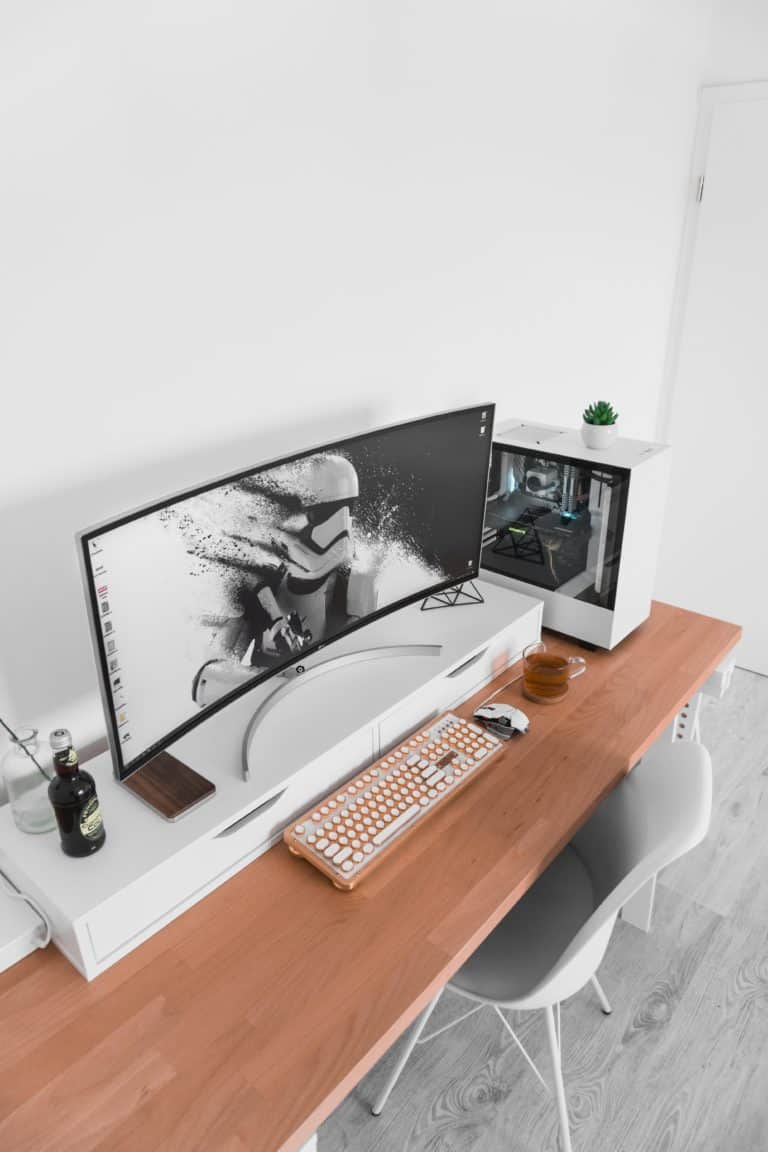
More resourcers on how to start working remotely and travel
Transitioning to remote work is a process and you will most likely need to get used to it. Don’t be shy to ask around and see how other people have done it. You will be surprised by how helpful people are on formus and groups. They usually answer your questions about popular locations for digital nomads as well as practical tips on work and travel.
We’ve listed below some of the most popular places on the Internet where digital nomads gather and talk about work and travel.
- Work remotely and travel Reddit Group
- Nomadlist.com Forum
- Global Digital Nomad Network FB Group
- Remote Workers Facebook Group
How To Work Remotely And Travel The World – Checklist
Yes, we know you want to work remotely and travel as soon as possible, but we recommend to do it smart and follow the checklist below. This way, you will make sure your transition will be smooth and you will have less headaches while changing locations and working at the same time.
Again, this is a process and a lifestyle so you want to have things tidy and under control. Otherwise, the experience will not be pleasent and you will have trouble with your employer or clients. You want stable internet, a safe and quite place to work from and good technology to do your work. By following the list below, you will also avoid other potential unnecessary distractions.
Paper work , health and bureaucracy
- Check passport validity and necessary visas. Renew if less than 1 year’s validity (a lot easier now than doing it 6 months into your trip).
- If you are an EU country don’t forget to understand some EU travel laws which apply to you, which you might not already know.
- Change any necessary addresses and/or forward your mailing address to a service that opens and scans them for you like
- Give a family member or friend the Power of Attorney
- Get an International Driving Licence (if your country issues them)
- Get any necessary vaccinations (yellow fever, dengue fever, malaria etc)
- Buy health or travel insurance
- Get originals or authenticated copies of other important certificates. Notarised and/or Apostilled.
- Marriage Certificate, multi-language version if possible
- Birth Certificate if you plan on settling down somewhere which needs this! Check the country’s requirements first.
- Decide whether you will rent out your existing accommodation. For short term rentals you can partner up with someone to host on Airbnb.
Finances and Money
- Get at least two credit cards, preferably one which gives insurances and sign up bonuses like miles,etc, e.g. American Express, Chase Saphire Card. See a good comparison of credit cards here
- Open app-based bank accounts. The more the better and most provide cards. They usually provide free or very cheap foreign exchange rates. We recommend all of the below. Most of them are free to open, other require a small deposit it will go on the card so you can spend it.
- Bunq (EUR) – Good for opening several IBAN numbers for separating income/expenses. Good if you run multiple sites!
- N26 (EUR) – Provides dedicated personal or business account.
- Monzo (GBP) – Pre paid card, great for multi currencies
- Revolut (multi-currency)
- Transferwise (multi-currency) – Also provides dedicated personal or business account.
- Paypal (multi-currency) – Does not provide a card but still useful nonetheless.
- Monese (GBP and EUR)
- Notify your existing bank so they know you will be travelling so they won’t block your card!
Computer, gadgets and hardware
- Get a portable laptop if you don’t have one already. We suggest the models below for the perfect combination of portability and performance, ideal for remote work and travel:
- Ultra lightweight, all-purpose: MacBook (12 inch), new MacBook Air, iPad Pro plus smart keyboard, Asus Zenbook, Microsoft Surface Pro.
- Lightweight, all-purpose: 13 inch MacBook Pro, Dell XPS 13, HP Spectre 13 inch
- Medium weight, high-powered: 15 inch MacBook Pro or many other Windows or Linux varieties.
- Protective laptop sleeve
- A great backpack and cabin luggage
- All in one adapter, with sufficient current rating. You should get at least 5A, preferably 8A for devices that requires a lot of electricall current.
- Camera and Protective camera case
- Buy good quality noise-cancelling headphones. We recommend Sony WH-1000XM2 or Bose QC35 II s.
- Unlocked mobile phone
- Mobile hard drive shock resistant
- External charger for your laptop and phone
- Sign up for a free Amazon for Business account, which is useful if you want to buy your products with proper invoices and ex-VAT prices.
- Keep a log of all serial numbers of your equipment and warranty expiry dates! Store them in your cloud service.
- Insurance for all your devices
Software
- Cloud storage.
- Dropbox
- iCloud
- Google Drive
- Password manager, e.g. Lastpass
- VPN (any one of the below is OK)
- TunnelBear – Free 7 day trial. Cancel if you don’t like it.
- NordVPN
- ExpressVPN
- Microsoft Office, sadly, is still very much required if you are dealing with more traditional businesses.
Travel bookings: Flights and accomodation
- Sign up for AwardWallet to track your loyalty programmes
- Sign up to the most popular frequent flyer programs and credit your flights to them.
- Find cheap flights
- Find cheap accommodation.
Other important things to consider
- Track frequent flyer or hotel promotions, and trip itineraries. Use Awardwallet as described above.
- Monitor your expenses. Most of the banking apps above do that.
- Learn a language.
- Find great coffee shops where you can from (See google Maps, Kaldi app)
- Buy local SIM cards (but EU ones are free to roam between countries). You can probably find some on Amazon or eBay.
- Exchange your money – Transferwise, Revolut allow it at near mid-market prices and also allow you to withdraw at ATMs a few times per month.
- Find co-working spaces like WeWork, Spaces or Regus.
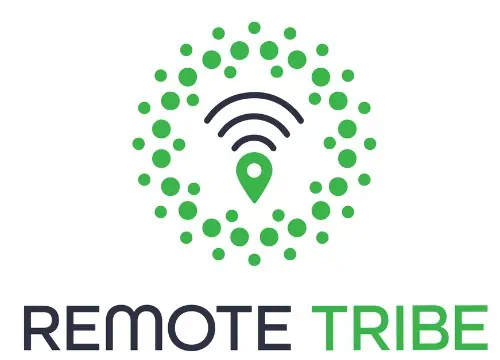
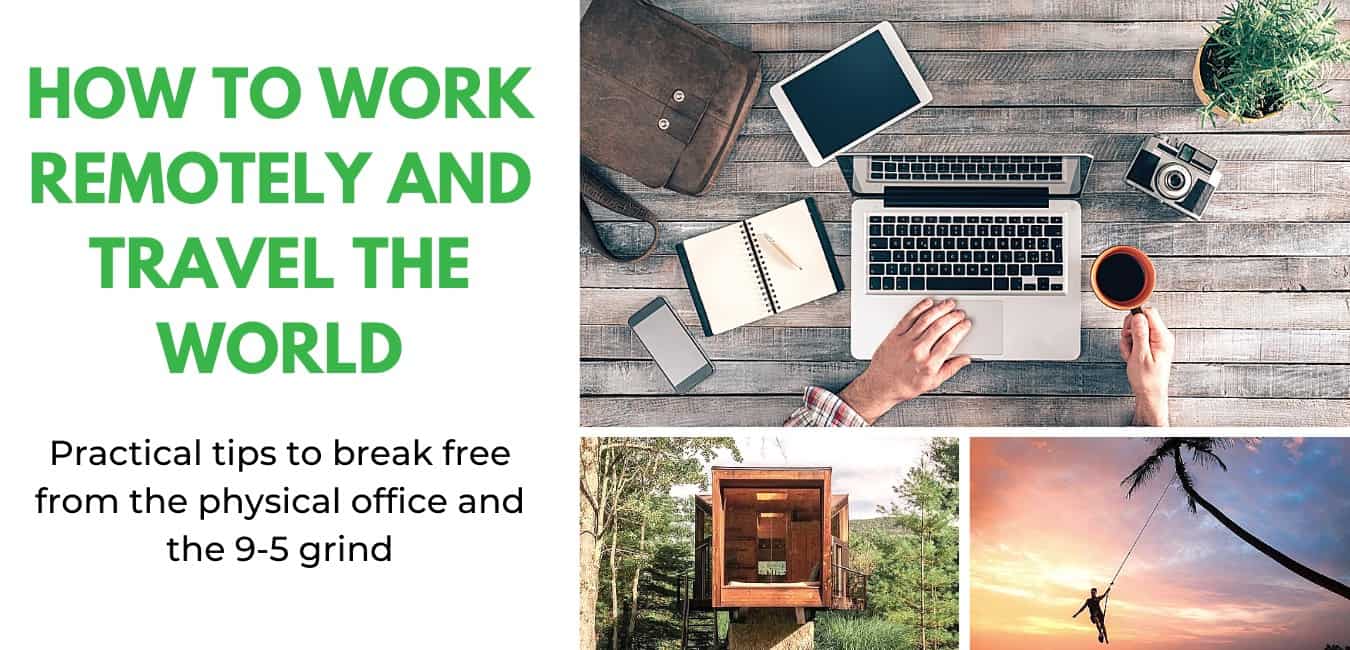


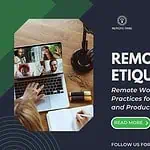




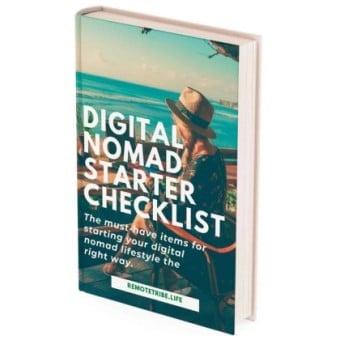
[…] to the future of work. Remote work, location-independence, and a refound name for freelancers is the new (and exciting) normal. As we […]